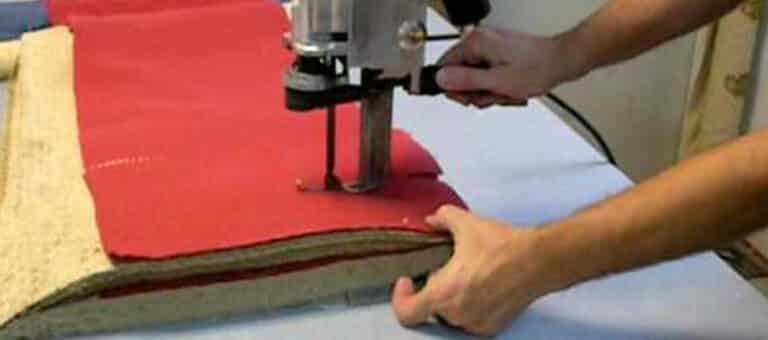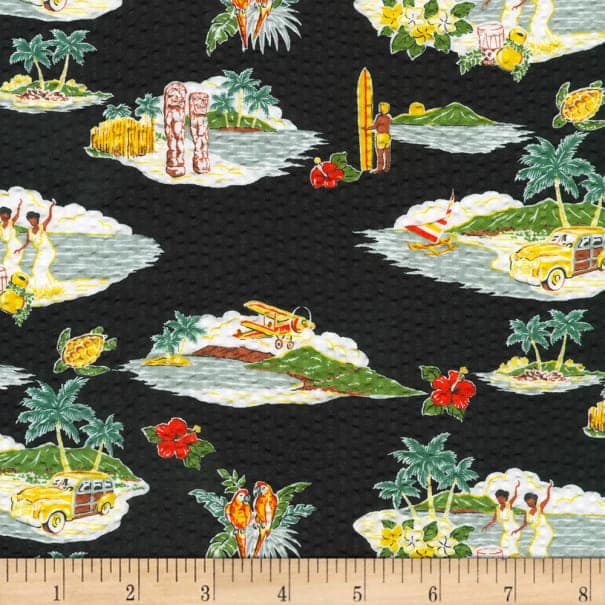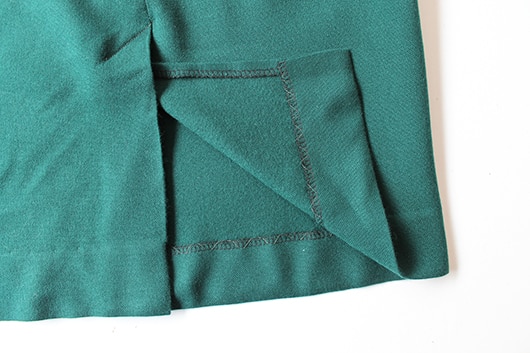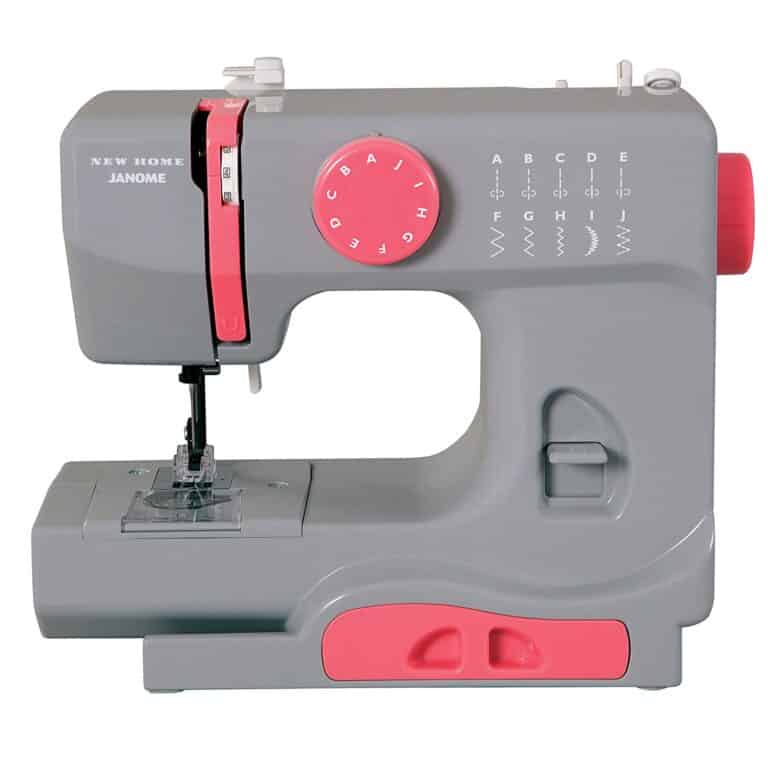How to Sew with Fabric Grains
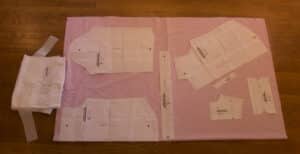
What is Fabric Grain?
First things first: you need to have an understanding of what fabric grain is. All fabrics, whether it’s burlap, canvas and duck, chenille, denim and chambray, felt, flannel, fleece, linen, knit, suede, faux leather – or any other material – is made by weaving threads together.
As a result, the material has what is referred to as a grain. This grain impacts the way in which the material moves as you pull on it.
Traditionally, you’d sew with the grain, as doing so will prevent the material from moving in a direction that it wouldn’t like to normally move in. Most sewers are taught that sewing with the grain allows the material to look and wear its best.
How to Go Against the Grain
There are so many ways that you can play with fabric grain and create a truly eye-catching design. Here are just a few examples of how you can go against the grain with your sewing:
- Cut a couple of predetermined pieces of fabric against the grain. If you’re making a jacket, for example, position the front and back sections on the lengthwise grain and position the side pieces for both the front and back on the opposite bias grains. This looks particularly striking if you’re fabric has a bold design, like stripes or tweed.
- Fabrics that have a linear design look strikingly different when they are turned. Use this idea to give a skirt a totally unexpected look.
- Going against the grain can make your garments more comfortable, too. For instance, cutting the side pieces of a jacket on the bias will allow for more give in the garment, which makes it a lot less stiff and a lot more comfortable.
Image: https://www.sewmaris.com/sew-alongs/grainline-archer-sew-along-cutting-and-interfacing



